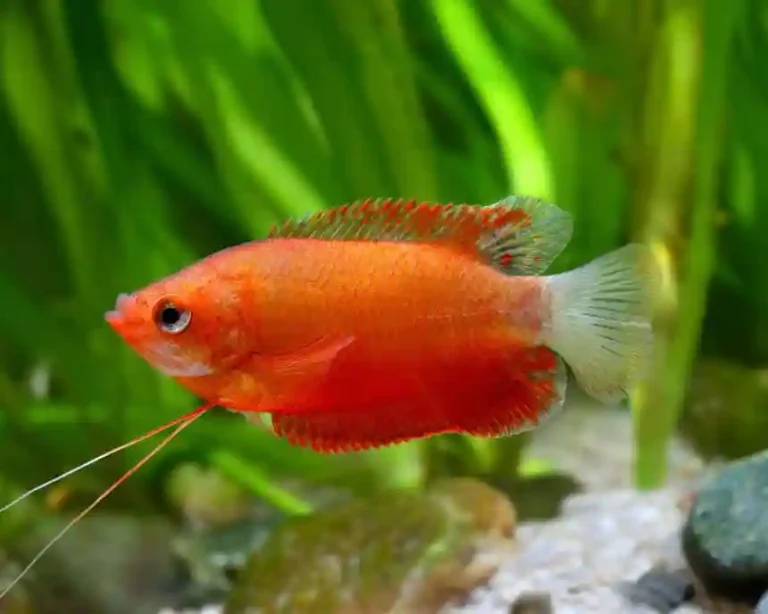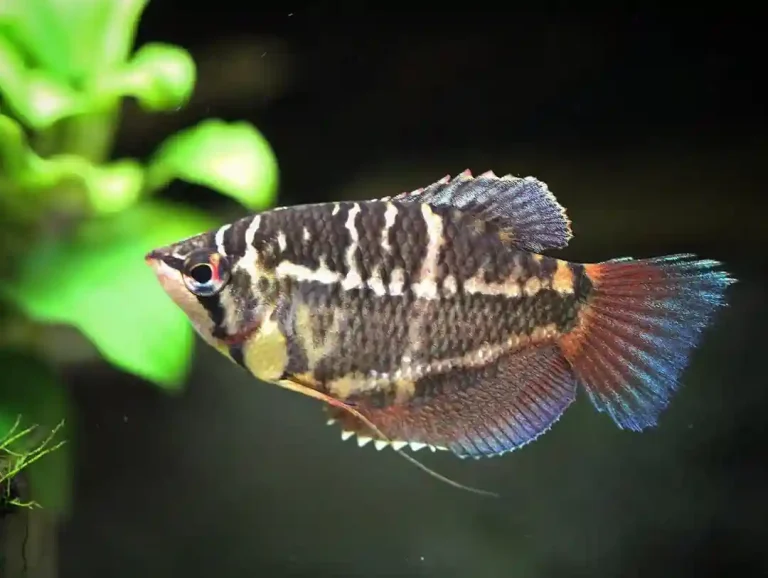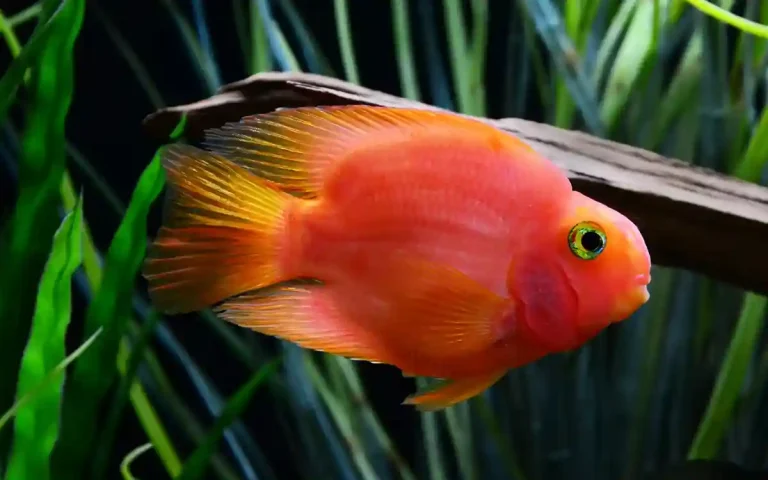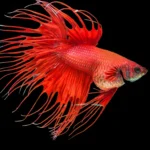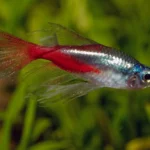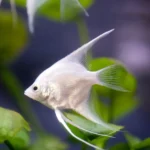Keeping a Giant Gourami is unlike caring for most aquarium fish. These freshwater giants can grow nearly two feet long, live for over two decades, and even learn to recognize their owners. With their impressive size and unique personality, they’re a favorite among advanced fishkeepers who are ready for a long-term commitment.
But keeping a Giant Gourami isn’t just about providing food and water. They need massive tanks, powerful filtration, and careful planning when it comes to tank mates. In this guide, we’ll cover everything you need to know about Giant Gourami care from tank size and growth rate to diet, compatibility, and long-term health.
Giant Gourami Overview
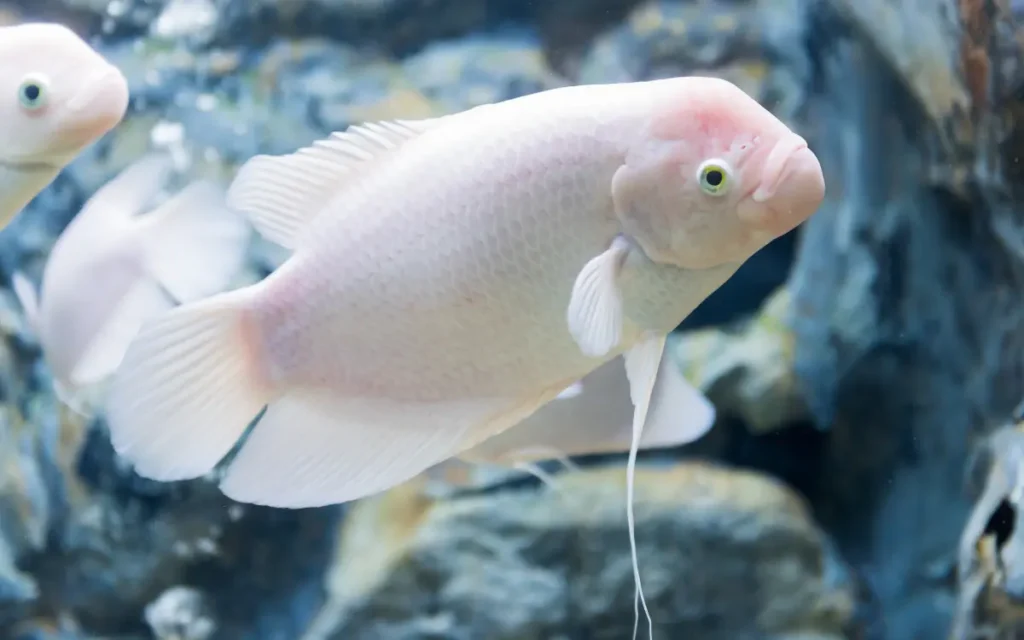
The Giant Gourami (Osphronemus goramy) comes from Southeast Asia, where it lives in slow-moving rivers, swamps, and lakes. In the wild, they can reach over 28 inches long and weigh several pounds.
- Appearance: They have a large oval body with long pectoral fins and a blunt head that becomes more pronounced as they age. Young fish are often striped, while adults fade into pale cream, gray, or golden tones.
- Lifespan: In captivity, they can live 20–25 years, making them one of the longest-living aquarium fish.
- Personality: Unlike smaller gouramis such as the Honey Gourami, Giant Gouramis are highly interactive. Many owners report that their fish beg for food, follow them around the tank, and can even be hand-fed.
Tank Size Requirements
Juveniles vs. Adults
- Juveniles (up to 6 inches): Can start in a 55–75 gallon tank.
- Adults (18–28 inches): Need a minimum of 200–300 gallons.
A large tank isn’t just about comfort. Giant Gouramis produce a huge amount of waste, and cramped tanks can lead to stunted growth, aggression, and poor health. A long, wide aquarium is better than a tall one because these fish need horizontal swimming space.
For comparison, smaller gourami species like the Pearl Gourami thrive in tanks as small as 30 gallons — but a Giant Gourami is in a completely different category.
Growth Rate and Maximum Size
One of the most surprising things about Giant Gouramis is just how quickly they grow.
- First Year: Can grow up to 1 inch per month.
- Adult Size: Typically 18–24 inches in aquariums, though some reach 28 inches in spacious setups.
- Wild Size: Even larger, sometimes exceeding 30 inches.
Several factors affect growth:
- Tank size: Too small, and they’ll become stunted.
- Diet: A balanced, high-quality diet is essential.
- Water quality: Clean water encourages steady growth.
Unlike smaller species such as the Chocolate Gourami, which remain petite and delicate, Giant Gouramis will dominate your tank space as they age.
Water Parameters and Filtration
Giant Gouramis are hardy, but they need stable, clean water to thrive.
- Temperature: 72–82°F (22–28°C)
- pH: 6.5–7.5
- Hardness: 5–20 dGH
Because of their size and waste output, strong filtration is essential. Canister filters or sump systems are recommended. Even with powerful filters, weekly water changes of 25–40% are necessary to prevent ammonia spikes.
This makes caring for them more demanding than mid-sized gouramis like the Blue Gourami, which can live comfortably with standard filtration in moderate tanks.
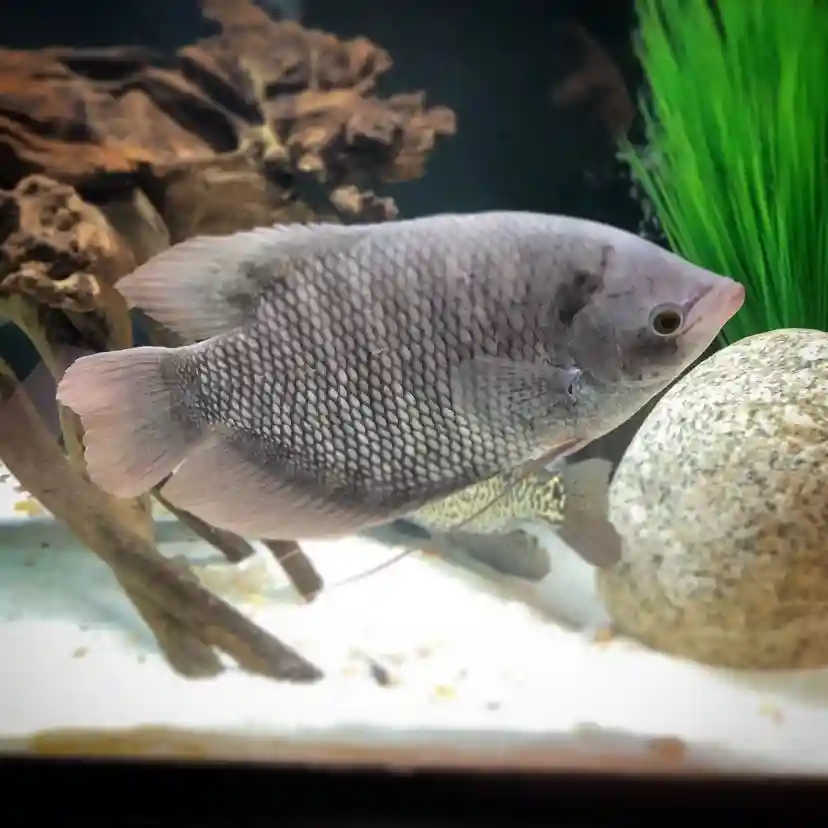
Tank Setup for Giant Gourami
A proper setup balances open swimming areas with some natural décor:
- Substrate: Sand or fine gravel. Many keepers even choose bare-bottom tanks for easy cleaning.
- Décor: Use large driftwood, smooth rocks, and sturdy hiding spots. Leave plenty of open space.
- Plants: They may nibble on softer plants, so stick with tough species like Java Fern or Anubias. Floating plants can provide shade, though they may get eaten.
- Lighting: Moderate, similar to natural daylight. Avoid overly bright setups.
If you’re familiar with setups for the Moonlight Gourami, the concept is similar — but on a much larger scale.
Diet and Feeding
Giant Gouramis are omnivores and enjoy a wide variety of foods.
Staple foods:
- High-quality floating pellets for large cichlids or gouramis.
- Algae wafers for fiber.
Vegetables:
- Spinach, lettuce, zucchini, peas, and even fruits like apples and grapes.
Protein sources (in moderation):
- Shrimp, earthworms, crickets, and insects.
Feeding schedule:
- 1–2 times per day, only what they can eat in a few minutes.
Unlike the picky Snakeskin Gourami, Giant Gouramis are usually enthusiastic eaters and won’t hesitate to try new foods.
Temperament and Behavior
Giant Gouramis are fascinating to watch.
- Intelligence: They recognize their owner and can even be trained to eat from your hand.
- Temperament: Peaceful when young but can become territorial with age.
- Activity: They’re slow swimmers but very curious, often patrolling the tank.
This makes them quite different from the playful but less demanding Kissing Gourami, which stay smaller and are easier to house in community tanks.
Tank Mates for Giant Gourami
Because of their size, Giant Gouramis need carefully chosen companions.
Good tank mates:
- Large Catfish (Pangasius, Plecos)
- Silver Arowana
- Pacu
- Clown Loaches
Tank mates to avoid:
- Small fish like tetras, guppies, or barbs (they’ll be eaten).
- Aggressive predators that may attack them.
Introduce tank mates when the Giant Gourami is still young for better compatibility. Adults can be territorial and may not accept new fish easily.
Common Health Issues
Like most fish, Giant Gouramis are prone to certain problems:
- Bacterial infections: Usually linked to poor water quality.
- Parasites: Often introduced with live food.
- Stunted growth: Caused by tanks that are too small.
- Obesity: From overfeeding rich, fatty foods.
Preventing these issues comes down to good water maintenance, a varied diet, and providing enough space.
Breeding Giant Gourami
Breeding in home aquariums is very rare because of their size. In the wild and in outdoor ponds, males build large bubble nests to attract females.
- Males: More elongated dorsal fin, thicker lips.
- Females: Rounder body, less pronounced features.
If breeding is attempted, a very large pond is required, making it unrealistic for most hobbyists.
Is the Giant Gourami Right for You?
Keeping a Giant Gourami is rewarding but challenging.
- You need at least a 200–300 gallon tank.
- Be ready for a fish that may live over 20 years.
- They require careful planning for diet, filtration, and compatibility.
For beginners, smaller gourami species like the Honey Gourami or Pearl Gourami are much easier choices. But for advanced fishkeepers, the Giant Gourami can become a centerpiece pet with personality unlike any other freshwater fish.
FAQs
How big can a Giant Gourami get in a tank?
They usually reach 18–24 inches in home aquariums, though some can grow up to 28 inches in very large setups.
Do Giant Gouramis recognize their owners?
Yes. They’re intelligent fish that often follow their owners around and can be hand-fed.
Can they live with Arowanas?
Yes, if the tank is large enough. Both species need plenty of swimming space.
What do Giant Gouramis eat the most?
They’re omnivores and will happily eat pellets, vegetables, and occasional protein.
How long do they live in captivity?
With proper care, Giant Gouramis can live 20–25 years.
Final Thoughts
The Giant Gourami is one of the most impressive freshwater fish you can keep. With their size, intelligence, and long lifespan, they feel more like a pet than just another aquarium fish. But they require serious commitment: massive tanks, powerful filters, and decades of care.
If you’re ready for the challenge, a Giant Gourami can become the star of your aquarium room. And if you’re not quite there yet, explore species like the Blue Gourami or Chocolate Gourami, which are easier but still full of personality.

